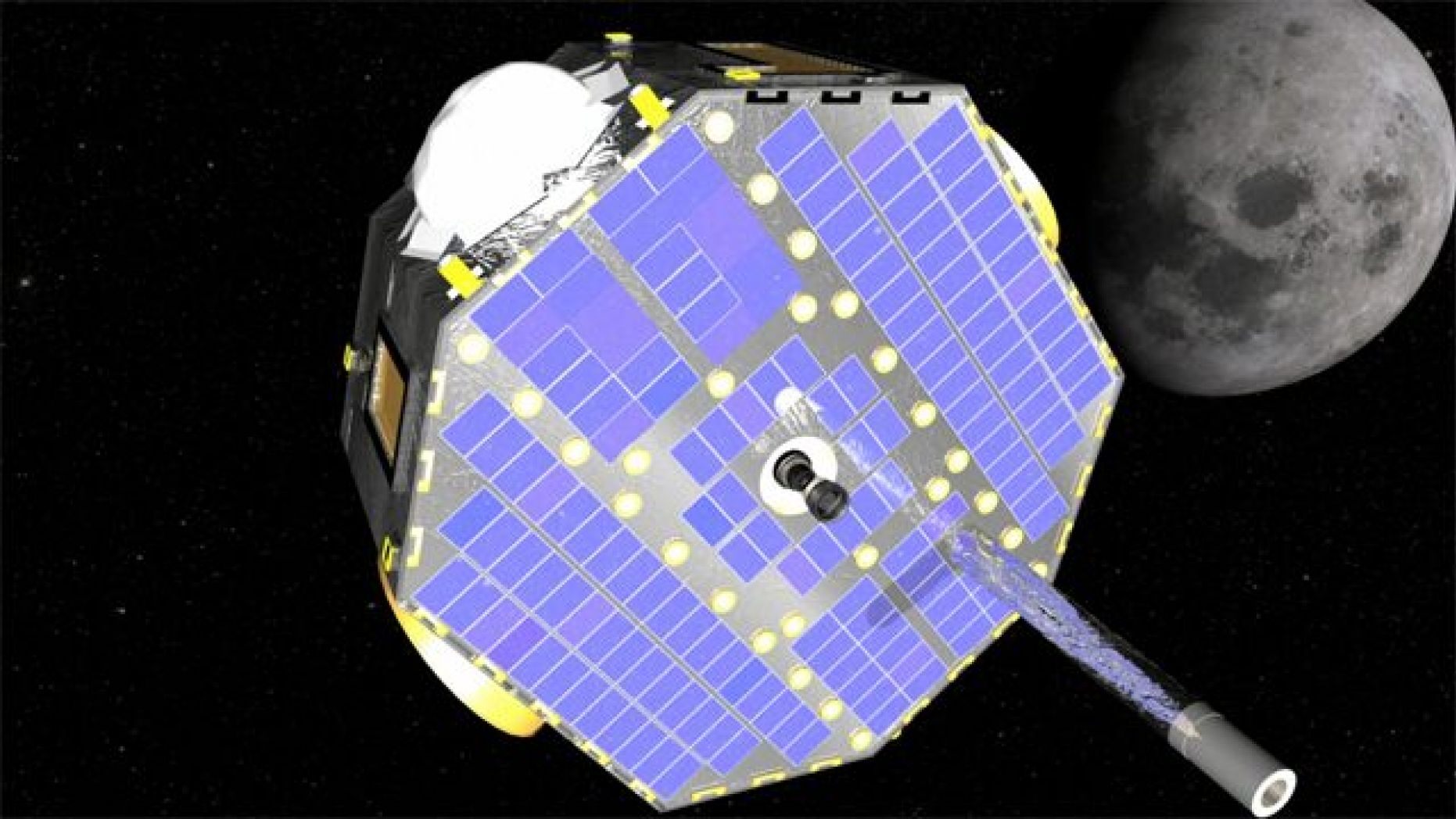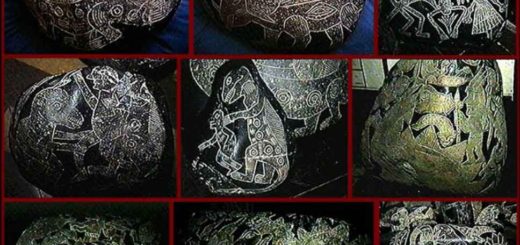NASA probe discovers ‘alien’ matter from beyond our solar system

For the very first time, a NASA spacecraft has detected matter from outside our solar system — material that came from elsewhere in the galaxy, researchers announced today (Jan. 31).
This so-called interstellar material was spotted by NASA’s Interstellar Boundary Explorer (IBEX), a spacecraft that is studying the edge of the solar system from its orbit about 200,000 miles (322,000 kilometers) above Earth.
“This alien interstellar material is really the stuff that stars and planets and people are made of — it’s really important to be measuring it,” David McComas, IBEX principal investigator and assistant vice president of the Space Science and Engineering Division at Southwest Research Institute in San Antonio, said in a news briefing today from NASA Headquarters in Washington, D.C.
An international team of scientists presented new findings from IBEX, which included the first detection of alien particles of hydrogen, oxygen and neon, in addition to the confirmation of previously detected helium. [Images from NASA’s IBEX Mission]
While neon and oxygen can be found throughout the galaxy, researchers are still unsure about their distribution. But with the new observations from IBEX, scientists are better able to study the amounts of these elements, and their ratio to one another.
“These are important elements to know quantitatively because they are the building blocks of stars, planets, people,” McComas said. “We discovered this puzzle: matter outside our solar system doesn’t look like material inside our solar system. It seems to be deficient in oxygen compared to neon.”
The presence of less oxygen within interstellar material could indicate that the sun formed in a region with less oxygen compared to its current location, the researchers said.
Or, it could be a sign that oxygen is “locked up” in other galactic materials, such as cosmic grains of dust or ice.
“That leaves us with a puzzle for now: could it be that some of that oxygen, which is so crucial for life on Earth, is locked up in the cosmic dust?” asked Eberhard Möbius, a professor at the University of New Hampshire and a visiting professor at Los Alamos National Laboratory in New Mexico. “Or, does it tell us how different our neighborhood is compared to the sun’s birthplace?”
Meanwhile, NASA’s other interstellar explorer — the 30-year-old Voyager spacecraft — is also probing the furthest boundaries of our solar system Voyager is over 11 billion miles from Earth, and almost completely out of our solar system.
NASA launched the IBEX mission in October 2008 to map the boundary between the solar system and interstellar space. The $169 million spacecraft was originally built for a two-year mission.
IBEX measures and counts particles called energetic neutral atoms, which are created in an area of our solar system known as the interstellar boundary region. Since its launch, the spacecraft has already made groundbreaking discoveries about the heliosphere, a protective bubble that shields our solar system from powerful, damaging cosmic rays.
In 2009, IBEX detected a mysterious ribbon on the edge of the solar system made up of a stream of charged particles that travels a million miles per hour from the sun. In 2010, researchers announced that IBEX had witnessed the first-ever look at solar wind crashing into Earth’s magnetosphere.



 Creators of mankind
Creators of mankind Description of “Tall white aliens”
Description of “Tall white aliens” Where they came from?
Where they came from? About hostile civilizations
About hostile civilizations The war for the Earth
The war for the Earth “Tall white aliens” about eternal life
“Tall white aliens” about eternal life Video: “Nordic aliens”
Video: “Nordic aliens” Aliens
Aliens Alien encounters
Alien encounters The aliens base
The aliens base UFO
UFO Technology UFO
Technology UFO Underground civilization
Underground civilization Ancient alien artifacts
Ancient alien artifacts Military and UFO
Military and UFO Mysteries and hypotheses
Mysteries and hypotheses Scientific facts
Scientific facts


















